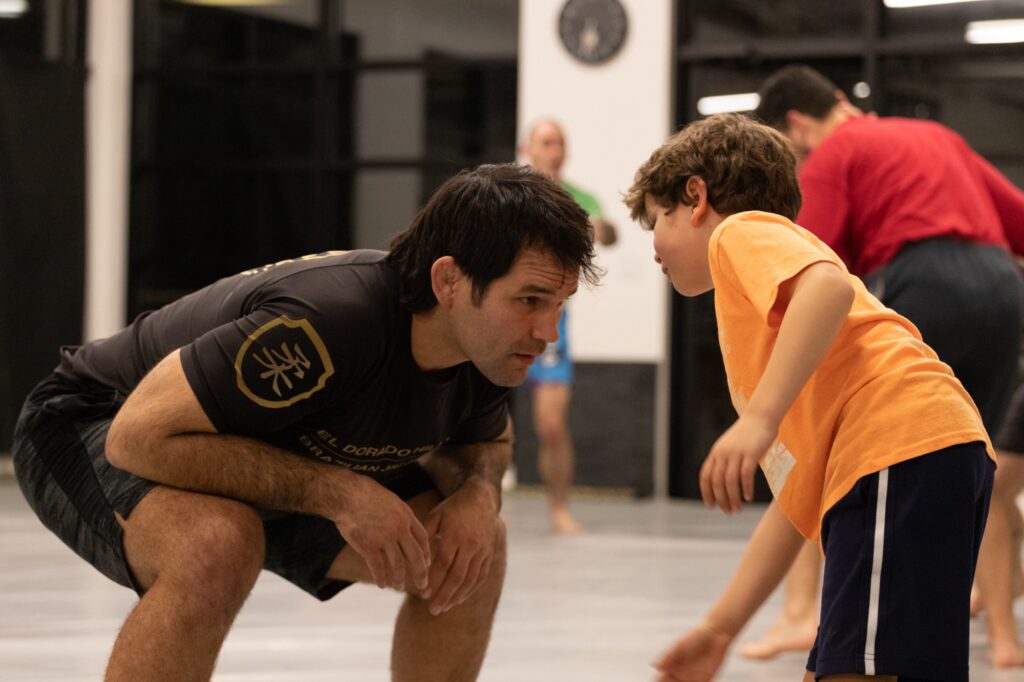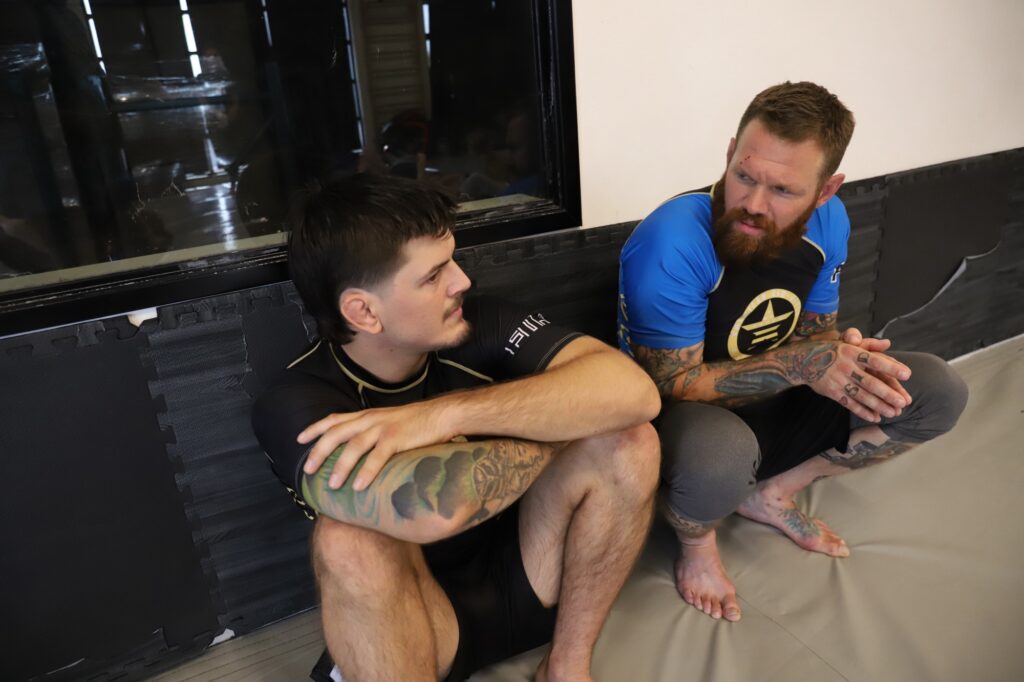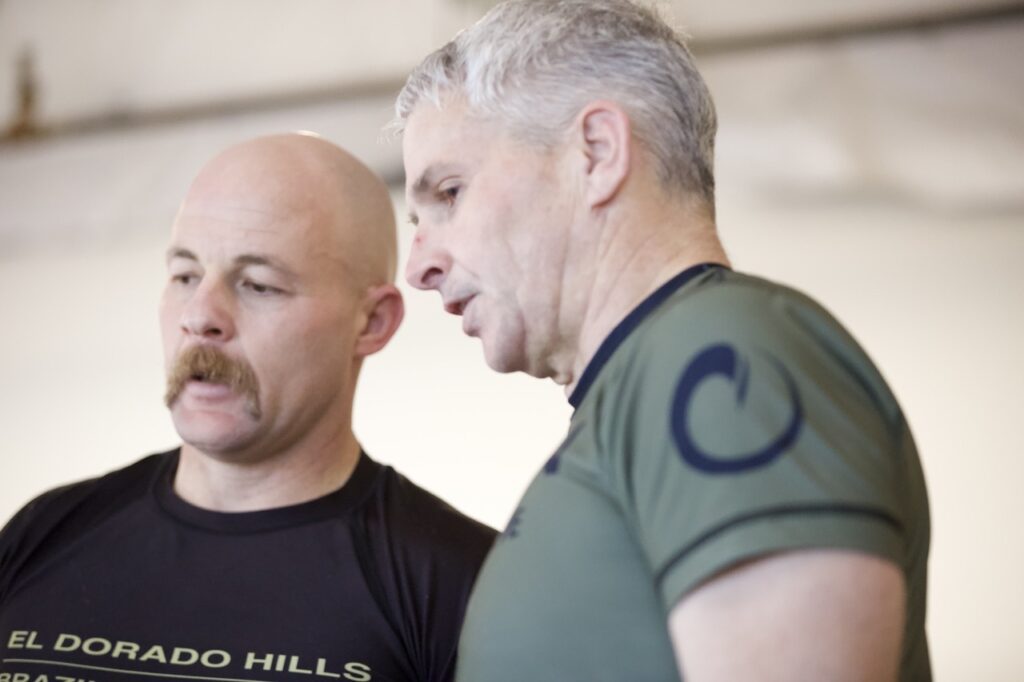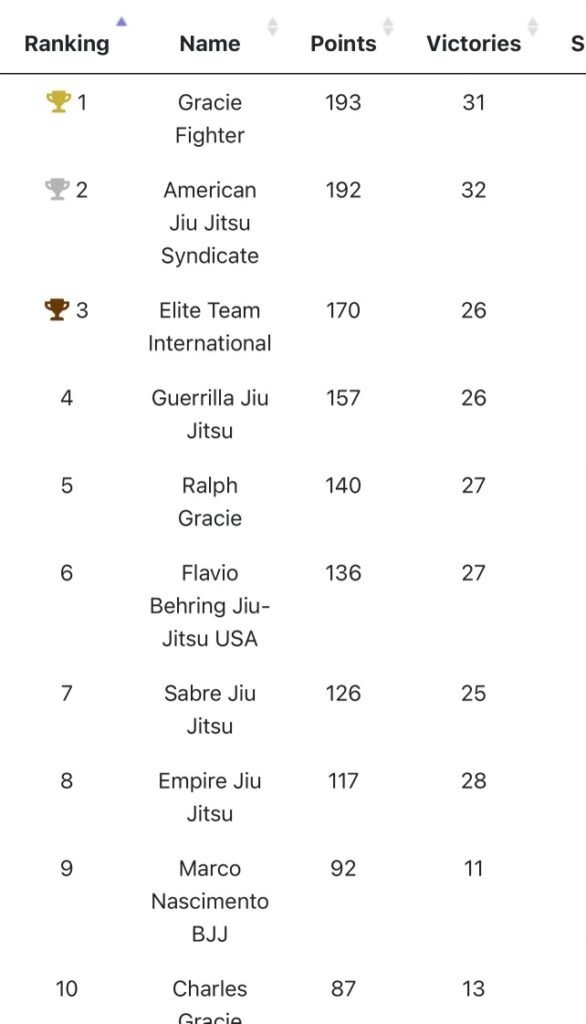At El Dorado Hills Jiu Jitsu, we firmly believe that the path to excellence is paved with both collaboration and competition. These seemingly opposing concepts, when merged, create an environment that not only elevates the entire team but also fosters individual growth. Let’s explore how these twin pillars of growth work in harmony to produce remarkable results on and off the mat.
The Power of Collaboration
Collaboration is the backbone of our training philosophy. Jiu Jitsu, at its core, is a community-driven martial art. Success is not achieved in isolation but through the collective effort of training partners who push each other to new heights. Here’s how collaboration works at El Dorado Hills Jiu Jitsu:
- Knowledge Sharing: Our more experienced practitioners share their insights and techniques with newer members. This exchange of knowledge ensures that everyone progresses, creating a robust and skilled team.
- Supportive Environment: Training can be challenging, both physically and mentally. Having a supportive team around you makes a significant difference. Encouragement from teammates helps individuals push through tough sessions and come out stronger.
- Problem Solving: Jiu Jitsu is often referred to as human chess. Collaborating with different partners helps practitioners see various solutions to the same problem, enhancing their adaptability and strategic thinking.

The Drive of Competition
While collaboration is essential, competition is the spark that ignites improvement. It drives us to refine our techniques, build resilience, and strive for mastery. Here’s how healthy competition enhances our training:
- Motivation to Improve: Competing creates a sense of urgency to better oneself. It pushes individuals to train harder, study more, and continuously refine their skills.
- Realistic Assessment: Through competition, practitioners gain a clear understanding of their strengths and weaknesses. This honest assessment is crucial for targeted improvement and growth.
- Building Mental Toughness: Facing competitive scenarios in the gym prepares individuals for real-life challenges, whether in a tournament or in everyday situations. It builds resilience and a never-give-up attitude.

The Synergy of Collaboration and Competition
The magic happens when collaboration and competition intersect. At El Dorado Hills Jiu Jitsu, we create an environment where these two forces work together seamlessly:
- Iron Sharpens Iron: Training partners push each other to excel, blending the camaraderie of collaboration with the drive of competition. This dynamic ensures continuous improvement for all members.
- Give and Take: In every training session, there’s a natural give and take. Practitioners learn to let go of positions and holds, understanding that losing a position is part of the learning process. This mindset fosters an environment where growth is prioritized over winning every roll.
- Indifference to Losing a Position: Practitioners are encouraged to be indifferent to losing a position or hold. This attitude allows them to experiment and learn without fear of failure, ultimately leading to greater mastery of techniques.
- Team Success Equals Individual Success: When the team thrives, individuals naturally elevate their performance. The collective progress of the team creates a fertile ground for individual achievements.
- Holistic Development: By balancing collaborative efforts with competitive spirit, practitioners develop both technical proficiency and mental fortitude. This holistic growth is the hallmark of our training philosophy.

At El Dorado Hills Jiu Jitsu, we understand that true excellence is born from the fusion of collaboration and competition. Our team-oriented approach, combined with a healthy dose of competitive spirit, creates a unique environment where both the team and the individual flourish. Join us on the mats and experience firsthand how this powerful synergy, along with the principles of give and take and indifference to losing positions, can elevate your Jiu Jitsu journey. Together, we grow stronger.





















